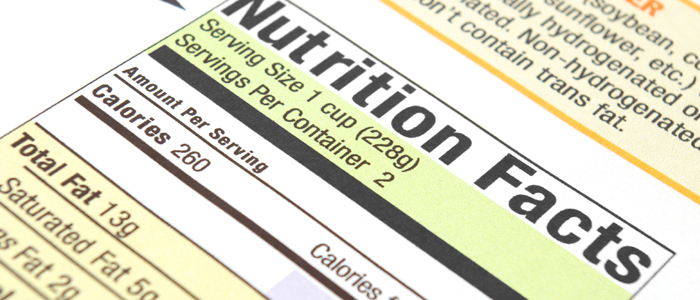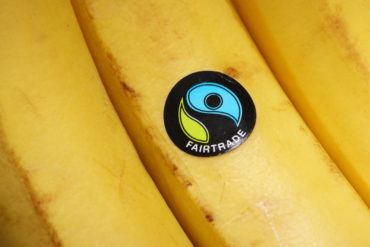Nutritional information is often included as additional information on the back of food packs.
This information shows the nutritional breakdown of the food being bought, i.e. the amount of energy, protein, carbohydrates, sugars, fat, dietary fibre and sodium in the ingredients in the products.
Manufacturers are not obliged by law to provide nutritional information, unless they make a nutrition claim such as low fat or high fibre.
Per 100g or per 100ml
When nutritional information is provided, it must show the following as values per 100 g or per 100 ml of the food:
- the amount of protein, carbohydrate and fat in grams (g)
- the amount of energy in kilojoules (kJ) and kilocalories (kcal)
- the amount of any nutrient for which a claim has been made
Some specified vitamins and minerals may be added optionally if they are present in significant amounts.
Labelling terms
There are numerous labelling terms that can be found on food and drink products to help consumers buy according to their particular requirements . These include:
- Allergy labelling
- Assured Food Standards
- Best before
- Display until
- Fresh, pure and natural
- Gluten free
- Health claims
- Ingredients
- Lite or light
- No added sugar or unsweetened
- Nutritional information (energy, protein, fat, fibre, etc)
- Organic
- Polyunsaturated fats and monounsaturated fats
- Produce of…
- Recycled
- Reduced lactose or lactose free
- Sell by
- Use by
- Value or economy
- Vegetarian






